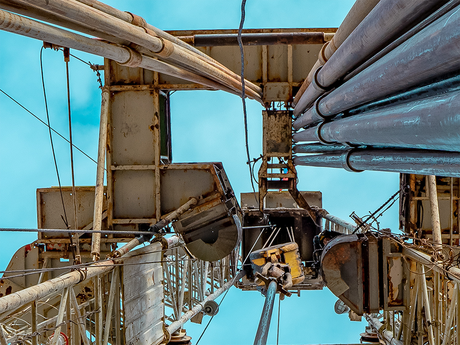Highlights
Benefits
- Reduce fractures, fluid loss, kicks, breakouts and hole collapse risks while tripping
- Maximize tripping speeds safely and consistently
- Minimize NPT and ILT
- Improve visualization for faster, better decisions
Features
- Reliable automation algorithm
- Accurate digital twin with real-time updates
- Automated warnings and alerts
Applications
- Operations prone to tripping-related NPY
- Managed-pressure-drilling operations
- Wells with a high risk of swab-surge
- Deepwater and HP-HT wells
- High-spread cost operations
The i-Trak™ tripping optimization service from Baker Hughes automates tripping processes to let you safely maximize your pipe-tripping speeds while minimizing the risk of swab or surge events—protecting your wellbore while helping save you time and money.
Tripping takes up approximately 30% of well construction time on most wells. The i-Trak tripping optimization service safeguards against non-productive time (NPT) and reduces invisible lost time (ILT) during tripping by automatically monitoring, prescriptively advising, and helping control off-bottom movements of drilling and non-drilling assemblies at all depths and phases of the well-construction process.
The i-Trak automated tripping optimization service calculates optimum trip speeds for each direction (run-in or pull-out-of-hole) and operational scenario (pumps-on/pumps-off) at any point in time by leveraging the digital twin and applying a configurable safety margin to the trip speed limit. The service also compensates for pressure and temperature effects in any wellbore environment — offering safe, automated tripping control in deepwater, high-temperature and high-pressure (HP-HT), and managed-pressure drilling (MPD) applications.


